Chile and Argentina in a campervan
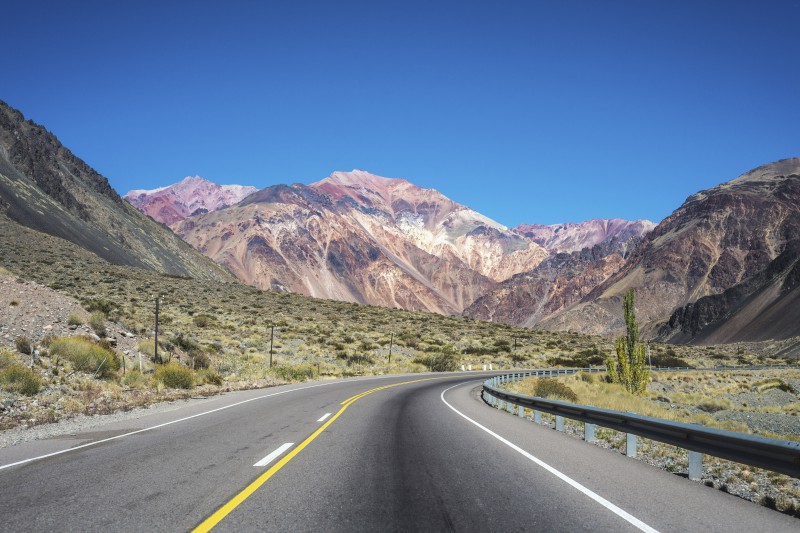
Buying or renting a vehicle
Renting a campervan is very difficult in both Argentina and Chile. First, it’s hard to find a modern vehicle. Buying isn’t much easier since there’s a lot of red tape. Most travellers tend to rent a car or just take long-distance buses.
Buying a vehicle in Argentina isn’t a great idea. WHV holders aren’t considered residents so legally, you can’t take your vehicle outside the country. For instance, if you’re set on exploring Patagonia, you won’t make it all the way down to Ushuaia because to get to Tierra del Fuego you have to cross a part of Chile (seriously, check the map, it’s hard to explain…). Second problem, used cars are super expensive. Oh, and you will lose money on it—the peso exchange rate has been going down for a couple of decades so by the time you sell it at the end of your stay, it will be worth much, much less than months or weeks earlier.
Chile is a better place to buy a vehicle and the country lets non-residents cross international borders with their vehicle.
Where to sleep
Every city and town usually has a campsite where you can put up a tent or park a campervan for a fee. National parks also have well-maintained campsites.
Solo Camping is a useful website (in English) to find campgrounds in South America. Acampante (in Spanish) lists campsites in Argentina.
What to eat
Food in Argentina was designed for travellers and campers—pizza, empanadas (savoury hand pies) and asado (grilled meat). Okay, you may need a picnic table for pasta, another national obsession. You’ll find plenty of Carrefour supermarkets and small convenience stores that also sell cheap and fresh hot snacks. Food is generally cheap and plentiful although it gets pricier in Patagonia. Vegetarians beware… the local diet includes plenty of meat and few veggies.
There are lots of empanadas in Chile as well, although fillings are different and they are bigger. Fresh giant boiled corn from the Andes (choclo), tamales (masa steamed in a corn husk) and hot dogs (a local favourite) are cheap and handy snacks.
A side note about water that a traveller left on Facebook (it applies to South America as well):
Carrying a four-litre jug of water isn’t enough in Central America—tap water isn’t drinkable and it can get very, very hot. Water is precious in Latin America. I always carry two or three litres in a CamelBak plus a 20-litre jug in the campervan that I keep at least half full. Don’t forget you need water to cook as well, so yeah, you can use that much.
Of course, you can buy water, but in remote areas I can be three days without being anywhere close to an urban area. In smaller towns, a truck comes by once a day to sell water jugs. If you don’t hear it, tough luck!
So basically, you need at least a 10-litre jug plus a two-litre CamelBak.
















 Français
Français English
English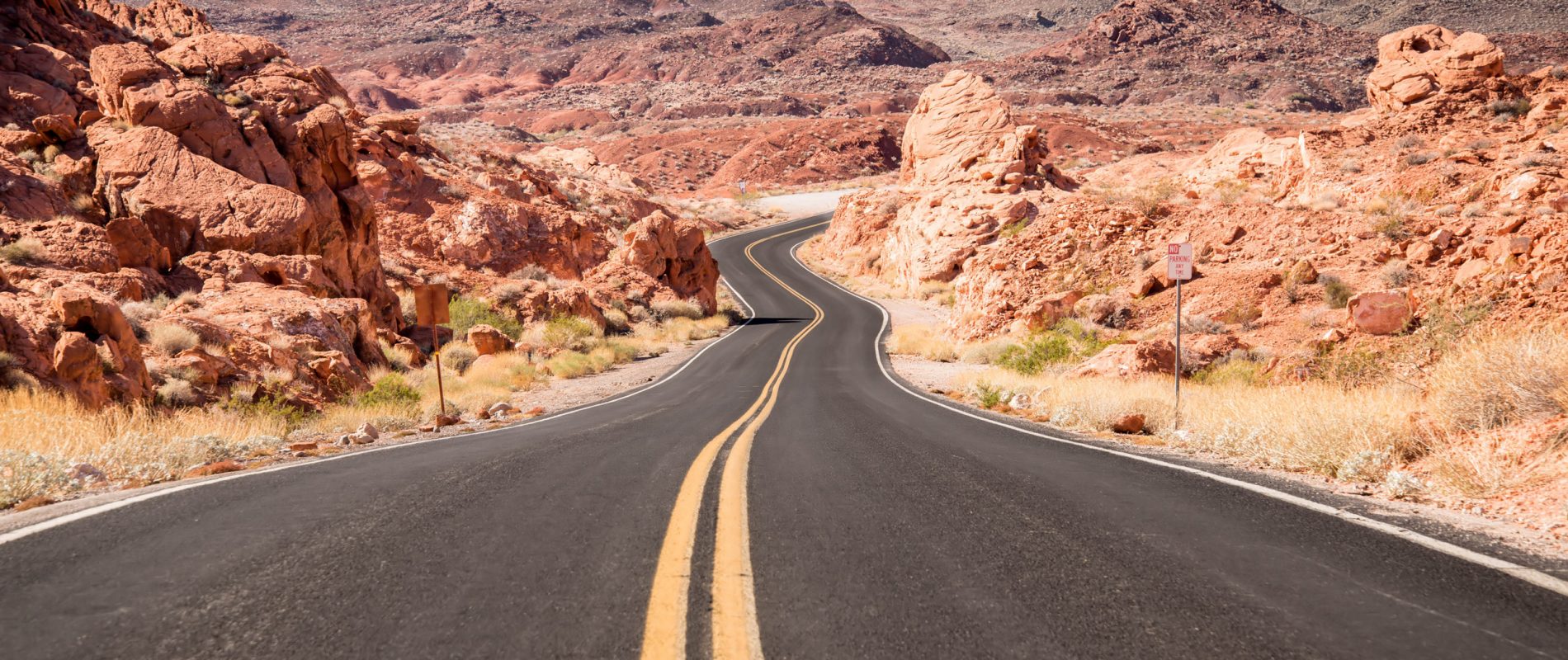
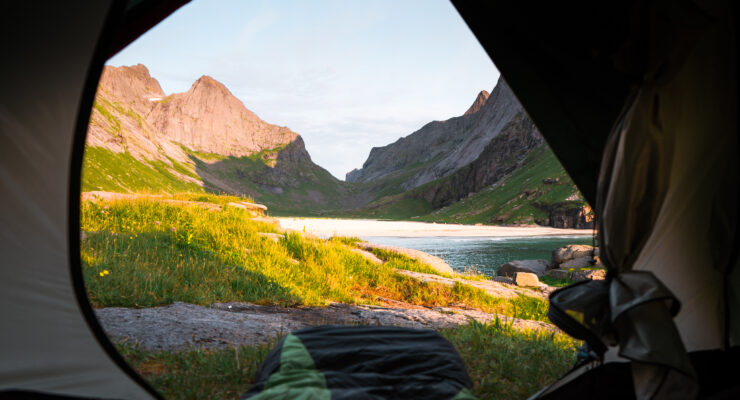
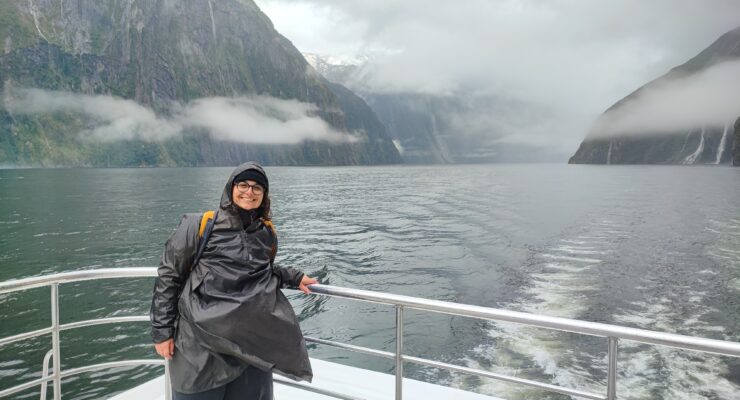
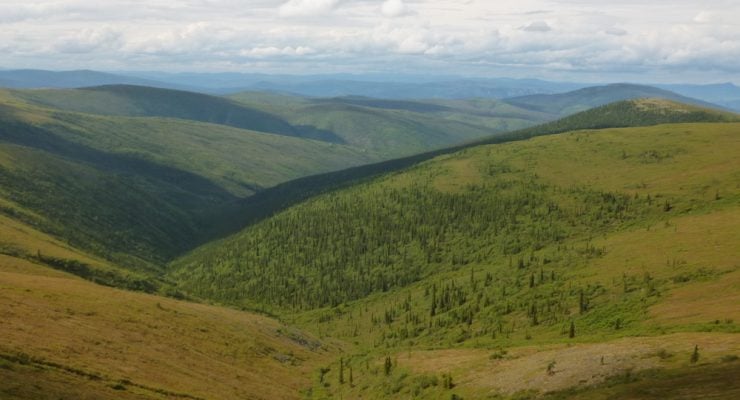
0 comments
{{like.username}}
Loading...
Load more